Home>Garden Essentials>What Is The Purpose Of The Enclosed Seeds In A Fruit Found On A Flowering Plant?
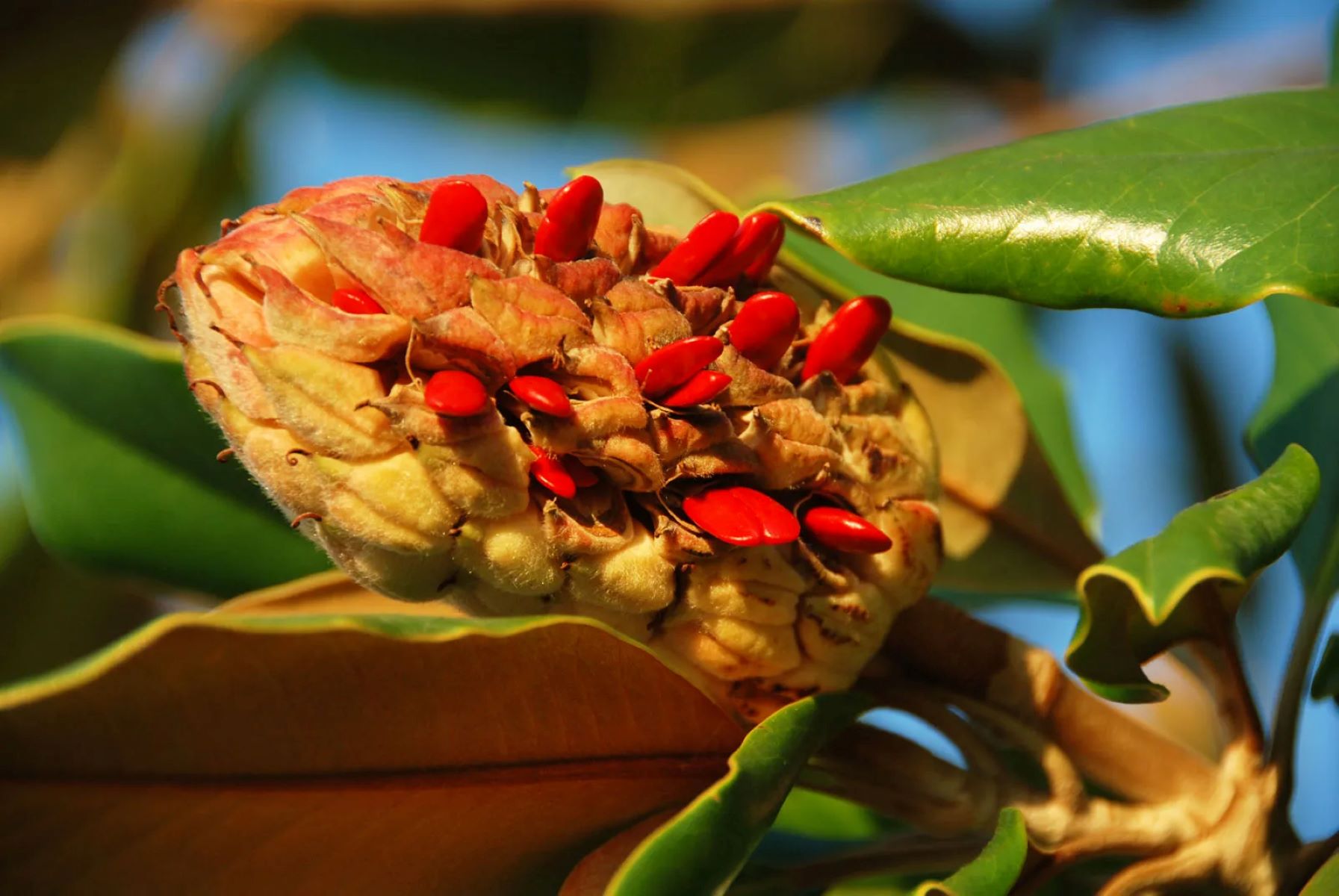

Garden Essentials
What Is The Purpose Of The Enclosed Seeds In A Fruit Found On A Flowering Plant?
Modified: August 20, 2024
Learn the purpose of enclosed seeds in a fruit found on a flowering plant in your garden. Discover how these seeds contribute to plant reproduction and growth.
(Many of the links in this article redirect to a specific reviewed product. Your purchase of these products through affiliate links helps to generate commission for Storables.com, at no extra cost. Learn more)
Introduction
When we admire a flowering plant, we often marvel at its beautiful blooms. However, there is more to a flower than what meets the eye. Deep within its delicate petals, a hidden treasure awaits – the enclosed seeds in a fruit. These tiny wonders play a vital role in the reproductive cycle of flowering plants, ensuring the continuation of their species.
In this article, we will delve into the purpose of the enclosed seeds in a fruit found on a flowering plant. We will explore how they contribute to the plant’s reproduction, their role in seed dispersal, their significance for plant distribution and survival, and even their value for both seed predators and humans.
So, let’s take a closer look at these enclosed seeds and unlock the secrets they hold.
Key Takeaways:
- Enclosed seeds in fruits protect plants and help them spread to new places. Animals eat the fruit and spread the seeds, ensuring the survival and growth of plant species.
- Fruits with enclosed seeds are not only important for plants, but also for humans. They provide food, medicine, and materials, showing how plants benefit both nature and people.
Read more: Where Are Seeds Found In A Plant
Definition of Enclosed Seeds in a Fruit
In order to understand the purpose of the enclosed seeds in a fruit, it is important to grasp the concept of fruit and its relationship to seed formation. In botanical terms, a fruit is the mature ovary of a flowering plant. It develops after pollination, when the male pollen fertilizes the female ovules within the flower.
As the fertilization process takes place, the ovary begins to undergo remarkable changes. It starts to swell and mature, eventually forming a protective structure known as a fruit. Within this fruit, the fertilized ovules develop into seeds. These seeds are encased within the flesh or wall of the fruit, providing them with a secure and nourishing environment for growth.
The enclosure of seeds within a fruit serves multiple purposes. Firstly, it protects the developing seeds from mechanical damage, pathogens, and harsh environmental conditions. The fruit acts as a protective barrier, shielding the vulnerable seeds from external threats that could potentially hinder their germination and growth.
Secondly, the fruit plays a crucial role in seed dispersal. By enclosing the seeds within a fleshy or dry structure, it facilitates their dispersal to new locations where they can germinate and establish new plants. This dispersal mechanism is essential for the survival and distribution of flowering plants in various habitats.
In some cases, the fruit itself aids in dispersal. Fleshy fruits are attractive to animals, which eat the fruit and inadvertently transport the enclosed seeds in their digestive tract. The seeds are subsequently excreted in a different location, often far from the parent plant. This process, known as endozoochory, allows for wider seed distribution and reduces competition among closely related plants.
In contrast, dry fruits rely on external factors like wind, water, or physical forces to disperse their enclosed seeds. For example, dandelion seeds are equipped with feathery structures that catch the wind and carry them away, promoting their dispersal across large distances.
Overall, the definition of enclosed seeds in a fruit involves their protection within the fruit’s structure and their role in seed dispersal. This organic packaging allows plants to ensure the successful reproduction and widespread distribution of their offspring. As we explore further, we will discover more fascinating aspects of these enclosed seeds and their significance in the plant kingdom.
The Role of Enclosed Seeds in Reproduction
Enclosed seeds play a pivotal role in the reproductive cycle of flowering plants, ensuring the continuation of their species. By encapsulating and protecting the developing seeds, fruits serve as crucial structures that facilitate successful reproduction.
When a flower is pollinated, the male pollen grains fertilize the female ovules, triggering the formation of seeds. These fertilized ovules develop and mature within the ovary, which gradually transforms into a fruit. The fruit nurtures the seeds, providing them with the necessary resources for growth and development.
One of the primary roles of enclosed seeds in reproduction is to safeguard the genetic information of the parent plant. Each seed contains a unique combination of genetic material from both the male and female parent plants. This genetic diversity contributes to the adaptability and survival of the plant species in changing environments.
Furthermore, enclosed seeds ensure the dispersal of offspring to new locations. This is crucial in avoiding overcrowding and competition with parent plants. Through various seed dispersal mechanisms, such as animal consumption and transportation, wind dispersal, or water transport, enclosed seeds are transported away from the parent plant, increasing their chances of finding suitable growing conditions.
The fruit surrounding the enclosed seeds also aids in attracting pollinators. In many flowering plants, the fruit undergoes changes in color, scent, and taste as it ripens. These changes act as signals to attract animals, such as birds, insects, and mammals, which feed on the fruit. In the process of consuming the fruit, these animals inadvertently aid in pollination by transferring pollen between flowers. This symbiotic relationship between the plant, the fruit, and pollinators ensures successful reproduction.
Once the enclosed seeds are dispersed, they have the potential to germinate and establish new plants. The fruit provides a ready supply of nutrients that aid in seed germination and initial growth. As the seedling emerges from the fruit, it gains a competitive advantage by utilizing the nutrients stored within the fruit itself. This early advantage increases the seedling’s chances of survival and establishment in a new location.
In summary, the role of enclosed seeds in reproduction is multi-faceted. They protect the genetic information of the parent plant, facilitate successful seed dispersal, and provide essential nutrients for seedling growth. By ensuring the survival and distribution of their offspring, enclosed seeds form a critical part of the reproductive strategy of flowering plants.
Protection of Developing Seeds
Within the protective embrace of a fruit, developing seeds are shielded from potential harm and provided with a nurturing environment for their growth and development. The protection of these fragile seeds is a crucial function of the fruit, ensuring successful reproduction for the parent plant.
One of the primary threats to developing seeds is mechanical damage. By enclosing the seeds within a fruit, the plant creates a physical barrier that shields them from potential injuries caused by external forces. The fruit’s outer layer acts as a cushion, absorbing impact and reducing the risk of damage to the developing seeds. This protection is especially important in environments with strong winds, heavy rain, or other harsh conditions.
In addition to mechanical protection, the fruit provides a barrier against pathogens and pests. The thick outer layer of many fruits acts as a defense mechanism, preventing the entry of microorganisms that can cause disease or decay. The fruit’s natural resistance and surface chemicals create an inhospitable environment for pathogens, safeguarding the seeds from infections that could hinder their growth.
Furthermore, some fruits have evolved additional protective adaptations to deter seed predators. These adaptations can include tough exteriors, thorny surfaces, or bitter-tasting compounds. These deterrents discourage animals from consuming the fruit and the enclosed seeds, reducing the risk of predation and increasing the chances of seed survival.
The fruit also serves as protection against desiccation or dehydration. Within the fruit’s flesh or pericarp, the developing seeds are surrounded by moisture, maintaining their hydration and preventing premature drying out. This is particularly beneficial in arid or dry environments where water availability may be limited.
The fruits of many plants also possess a layer of waxy or oily substances on their surface, which helps retain moisture and prevents excessive water loss. This waxy layer acts as a physical barrier, reducing the rate of evaporation and maintaining optimal moisture levels for the developing seeds.
In summary, the protection of developing seeds is a critical function of the fruit. By providing a physical barrier against mechanical damage, pathogens, pests, and desiccation, the fruit ensures the safe and optimal growth of the seeds. This protective shield increases the chances of successful seed development and contributes to the overall reproductive success of the parent plant.
Seed Dispersal Mechanisms
To ensure the survival and distribution of their offspring, plants have evolved various ingenious mechanisms to disperse their enclosed seeds. These mechanisms aid in transporting the seeds away from the parent plant, preventing overcrowding and promoting genetic diversity. Let’s explore some of the most common seed dispersal mechanisms employed by flowering plants.
1. Animal Dispersal: Many fruits have evolved to be attractive to animals. Fleshy fruits, such as berries or drupes, are often brightly colored and sweet-tasting to entice animals to eat them. As animals consume the fruit, the seeds pass through their digestive system. Subsequently, the seeds are deposited in different locations through the animal’s droppings, allowing for seed dispersal. This form of seed dispersal, known as endozoochory, benefits both the plant and the animal, as animals receive nourishment from the fruit while facilitating seed dispersal for the plant.
2. Wind Dispersal: Some plants have developed adaptations to exploit wind currents for seed dispersal. Examples include plants with winged or feathery structures, such as maple or dandelion seeds. These specialized structures allow the seeds to be easily carried by the wind, enabling them to travel over long distances before settling in a favorable location for germination.
3. Water Dispersal: Aquatic or riparian plants utilize water as a dispersal mechanism. Seeds are often buoyant or have air-filled structures that help them to float on water. As the seeds are carried along by currents, they can be transported to new areas such as riverbanks or lakeshores, where they have the opportunity to germinate and establish new plants.
4. Projectile Dispersal: Some plants employ a unique mechanism known as explosive or projectile dispersal. These plants have fruits or seed capsules that burst open when mature, propelling the seeds away from the parent plant. The sudden release of energy sends the seeds flying through the air, increasing their dispersal range and enhancing their chances of finding suitable growing conditions.
5. Gravity Dispersal: Gravity plays a role in the dispersal of many seeds. Fruits or seed pods that are heavy or have mechanisms for detachment like hooks or barbs use gravity to their advantage. When the fruit or pod dries out or reaches a certain stage of maturity, it falls to the ground, allowing the seeds to be released and dispersed in the vicinity of the parent plant.
These are just a few examples of the diverse seed dispersal mechanisms employed by flowering plants. It is important to note that some plants may utilize multiple dispersal mechanisms, increasing their chances of successful seed distribution. These mechanisms ensure that seeds are dispersed to different environments, reducing competition with the parent plant and increasing the likelihood of colonization in new areas.
By harnessing the forces of nature and exploiting interactions with animals, wind, water, and gravity, plants have evolved strategies for effective seed dispersal. This remarkable adaptation plays a crucial role in plant survival, reproduction, and the continued biodiversity of our natural ecosystems.
The purpose of the enclosed seeds in a fruit is to protect and nourish the seeds as they develop, and to aid in their dispersal when the fruit is eaten by animals or carried by the wind or water.
Contribution to Plant Distribution and Survival
The enclosed seeds in fruits play a vital role in the distribution and survival of flowering plants. Through effective seed dispersal mechanisms, plants ensure the colonization of new habitats, reduce competition with the parent plant, and enhance their chances of survival in dynamic environments.
One of the key contributions of enclosed seeds in fruits is the expansion of plant distribution. By dispersing seeds to distant locations, plants can establish populations in new habitats and colonize areas where they may have a competitive advantage. This dispersal allows plants to adapt to different environmental conditions, such as variations in temperature, soil type, moisture levels, or light availability. As a result, plants are able to occupy diverse ecosystems and increase their overall distribution range.
Seed dispersal also helps plants to avoid overcrowding and reduce competition with parent plants. By spreading seeds to different locations, each seed has a higher chance of finding a suitable place to germinate and grow without being overshadowed or outcompeted by nearby plants. This reduces intraspecific competition and promotes the survival and growth of individual plants.
Furthermore, effective seed dispersal mechanisms enhance the survival of plants by reducing the risk of localized threats or disturbances. In case of localized damage or disturbances, such as fires, disease outbreaks, or extreme weather events, dispersed seeds have a higher likelihood of being located in areas that are less affected or more conducive to their survival. This increases the resilience of plant populations and allows for faster recovery and regeneration in disturbed areas.
Enclosed seeds in fruits also contribute to genetic diversity within plant populations, ensuring their long-term survival. Through seed dispersal, genes are mixed and exchanged among different populations, increasing genetic variation. This genetic diversity is essential for the adaptation and resilience of plant populations to changing environmental conditions, such as climate change or the spread of new diseases. It provides a pool of genetic resources upon which plants can draw when facing challenges, increasing their chances of survival and evolution.
Furthermore, the distribution and survival of plants depend on the presence of suitable pollinators that aid in successful reproduction. The attractive qualities of fruits, developed to entice animals for consumption, also serve to attract pollinators. When animals feed on the fruits and inadvertently transfer pollen between flowers, they play a crucial role in pollination and ensuring the production of viable seeds. Therefore, enclosed seeds in fruits indirectly contribute to plant distribution and survival by facilitating pollination through these attractive fruit adaptations.
In summary, enclosed seeds in fruits contribute to the distribution and survival of flowering plants in numerous ways. Through effective seed dispersal mechanisms, they enable colonization of new habitats, reduce competition with parent plants, enhance resilience to disturbances, promote genetic diversity, and facilitate pollination. These contributions are vital for the long-term persistence and adaptability of plant populations, ensuring their survival in diverse ecosystems.
Nutritional Value for Seed Predators and Dispersers
The enclosed seeds in fruits not only play a vital role in the reproduction and survival of flowering plants but also provide nourishment for seed predators and dispersers. Through mutually beneficial interactions, plants entice animals to consume their fruits, aiding in seed dispersal and ensuring the survival of their offspring.
For seed predators, fruits and their enclosed seeds are a valuable source of nutrition. Many animals, such as squirrels, birds, rodents, and primates, have specialized adaptations to exploit the nutritional benefits of fruits. Fruits are rich in carbohydrates, providing a readily available energy source for these animals. Moreover, they often contain essential nutrients, vitamins, and minerals necessary for the health and well-being of seed predators.
While consuming the fruit, seed predators inadvertently aid in seed dispersal. As they feed on the fruits, seeds pass through the predators’ digestive tracts. This process does not harm the seeds, and they are excreted in different locations, often far away from the parent plant. The seed predator becomes an unwitting seed disperser, inadvertently contributing to the plant’s distribution and colonization of new habitats.
In some cases, specialized adaptations in seed predators allow them to consume fruits without damaging the enclosed seeds. For example, seed-dispersing birds often have beaks that are adapted to feed on specific fruit types. These birds are able to extract the fleshy parts of the fruit without crushing the seeds, ensuring their survival during the dispersal process.
The nutritional value of fruits extends beyond seed predators to seed dispersers as well. Many animals, including birds, bats, and primates, actively seek out and consume fruits as a source of energy and nutrition. They play an essential role in seed dispersal by transporting seeds to different locations through their feeding behaviors. As they move and forage, these dispersers unintentionally drop or deposit seeds, contributing to the dispersal and colonization of plant species.
For seed dispersers, consuming fruits offers a nutritious meal that helps fuel their activities and supports their overall health. Fruits often provide a balance of macronutrients, including carbohydrates, proteins, and fats, as well as essential micronutrients. By consuming fruits, seed dispersers obtain the energy they need, along with valuable nutrients that help sustain their populations.
The nutritional benefits offered by fruits not only attract and support seed predators and seed dispersers but also foster symbiotic relationships between plants and animals. This mutualistic interaction, where both parties benefit, ensures the successful dispersal of seeds and enhances the survival of both the plant species and the animals involved.
In summary, enclosed seeds in fruits provide important nutritional value to both seed predators and seed dispersers. Fruits offer a rich source of carbohydrates, essential nutrients, and energy for these animals. By consuming the fruits, seed predators inadvertently aid in seed dispersal, while seed dispersers actively contribute to the distribution and survival of plant species. This mutually beneficial relationship between plants and animals highlights the intricate web of interactions that sustain ecosystems and promote biodiversity.
Human Uses and Benefits of Enclosed Seeds in Fruits
Beyond their importance in the natural world, enclosed seeds in fruits also offer numerous uses and benefits to humans. For centuries, people have recognized the value of fruits and their enclosed seeds for various purposes, ranging from food and nutrition to medicine and industry.
One of the primary human uses of enclosed seeds in fruits is as a source of food. Fruits are not only delicious and enjoyable to eat but also provide a wide range of essential nutrients, vitamins, and minerals. Enclosed seeds, such as nuts and grains found in fruits like apples, pomegranates, and berries, are packed with energy, healthy fats, proteins, and dietary fiber. These seeds contribute to a balanced diet and promote overall well-being.
Furthermore, enclosed seeds in fruits have been cultivated and domesticated, leading to the development of various crop plants. Wheat, rice, maize, and other cereal crops are prime examples of seeds enclosed in fruits that form the foundation of human diets worldwide. These crops provide sustenance to millions of people, serving as staple foods and sources of calories and nutrients.
Apart from their nutritional value, enclosed seeds in fruits have also been utilized for medicinal purposes. Many traditional and herbal medicines incorporate seeds from various fruits for their therapeutic properties. For example, the seeds of papaya have been used for digestive disorders, while the seeds of grapes have been employed for their antioxidant effects. The extracted oils from fruits’ enclosed seeds may also have medicinal applications, such as in skincare or aromatherapy.
The economic value of enclosed seeds in fruits cannot be understated. Many fruits with enclosed seeds, such as coffee and cocoa beans, have become highly valuable commodities in international trade. These seeds are processed to produce sought-after products like coffee, chocolate, and other food and beverage items. Their cultivation and trade provide livelihoods for countless individuals and contribute to local and global economies.
Additionally, enclosed seeds in fruits offer materials for several industrial applications. For instance, oils extracted from some fruit seeds are utilized in cosmetic and personal care products, including moisturizers, soaps, and shampoos. The fibers from certain fruits’ enclosed seeds, like cotton, are spun into cloth, making them crucial in the textile industry.
Lastly, enclosed seeds in fruits have cultural and aesthetic significance. They are used as decorative elements in arts and crafts, as well as in traditional ceremonies and rituals. Their vibrant colors, unique shapes, and symbolic meanings enhance the visual appeal of various cultural expressions.
In summary, enclosed seeds in fruits have significant uses and benefits for humans. They serve as a valuable source of food and nutrition, contribute to medicinal applications, drive economic activities and industry, provide materials for various products, and have cultural and aesthetic value. By recognizing and tapping into the potential of enclosed seeds in fruits, humans continue to experience the diverse advantages these remarkable natural treasures offer.
Conclusion
The enclosed seeds in fruits found on flowering plants serve a multitude of essential purposes, contributing to the reproductive success, distribution, and survival of these plants. Through their protective enclosure, the seeds are shielded from mechanical damage, pathogens, and harsh environmental conditions, ensuring their viability and growth. The fruits also play a critical role in seed dispersal, employing mechanisms such as animal consumption, wind, water, and gravity to transport seeds to new locations, reducing competition and facilitating colonization in diverse habitats.
Furthermore, the enclosed seeds offer nutritional value to both seed predators and dispersers, forming mutually beneficial relationships in the ecosystem. Seed predators find sustenance and nourishment in the fruits, unintentionally aiding in seed dispersal through their digestive processes. Seed dispersers, on the other hand, consume fruits for energy and nutrients, actively contributing to the distribution and survival of plant species. These interactions highlight the intricate web of connections between plants and animals that promote biodiversity and ecosystem functioning.
The significance of enclosed seeds in fruits extends beyond the natural world, as humans also derive numerous benefits from them. Whether as a source of food and nutrition, medicinal applications, economic commodities, industrial materials, or cultural and aesthetic value, enclosed seeds play a vital role in human lives. They provide sustenance, promote health and well-being, drive economic activities, and contribute to cultural expressions.
In conclusion, the enclosed seeds in fruits embody the remarkable adaptations and interconnections within the plant kingdom. Their role in reproduction, protection, dispersal, and human uses underscores their importance in the circle of life. By understanding and appreciating their purpose and value, we can cultivate a deeper appreciation for the intricate balance and resilience of the natural world, while harnessing the benefits they offer for our own well-being and prosperity.
Frequently Asked Questions about What Is The Purpose Of The Enclosed Seeds In A Fruit Found On A Flowering Plant?
Was this page helpful?
At Storables.com, we guarantee accurate and reliable information. Our content, validated by Expert Board Contributors, is crafted following stringent Editorial Policies. We're committed to providing you with well-researched, expert-backed insights for all your informational needs.
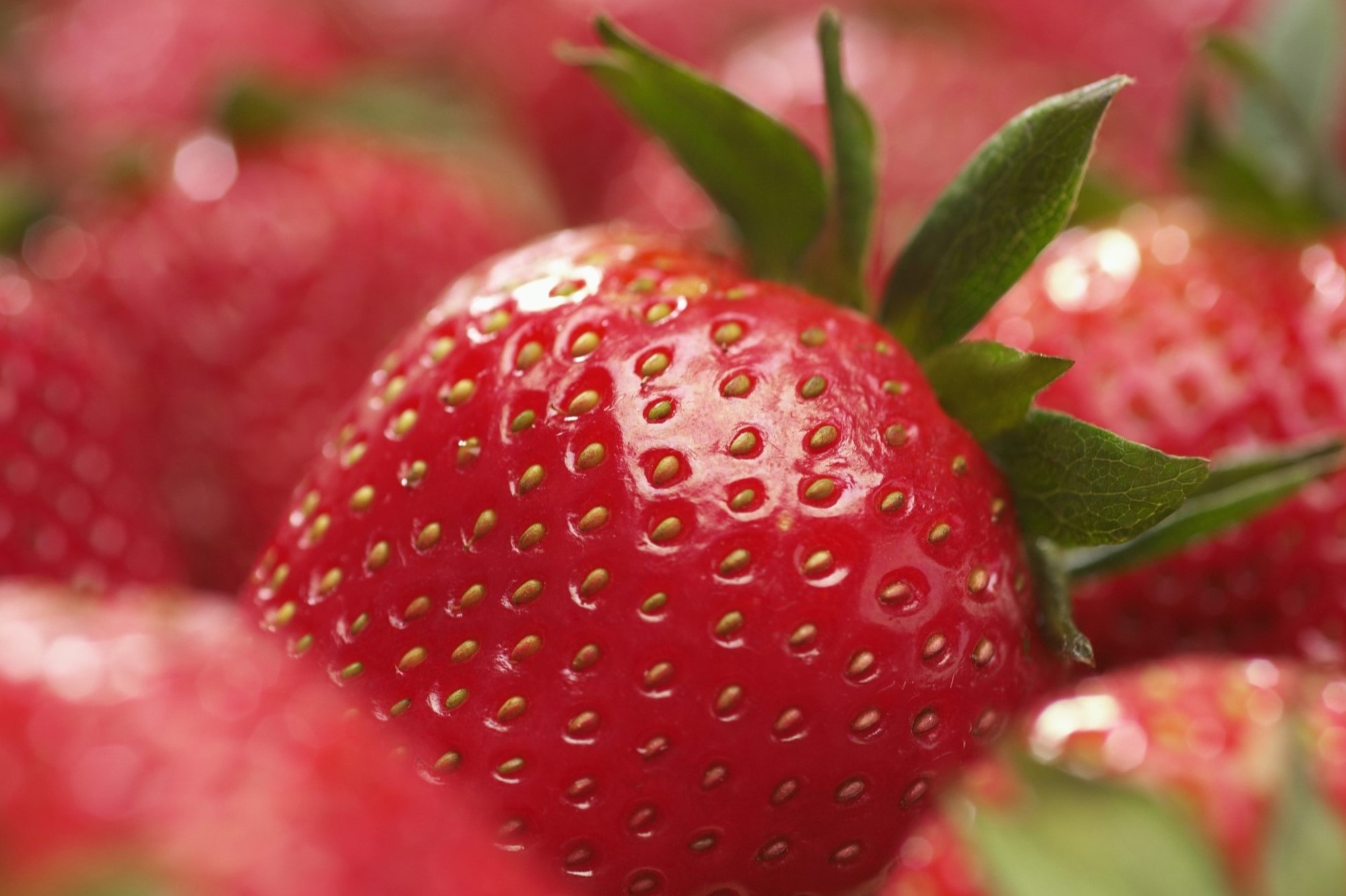
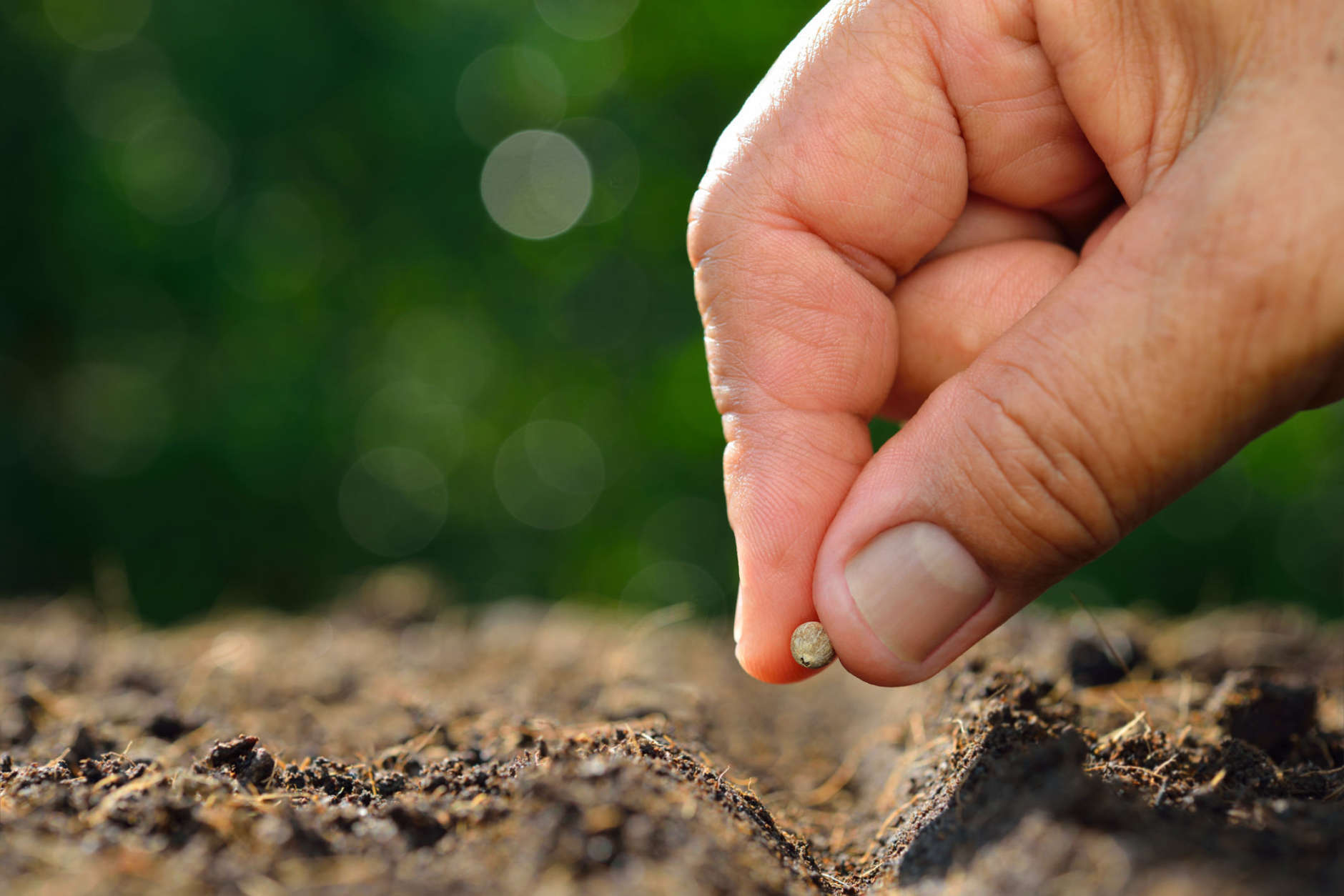
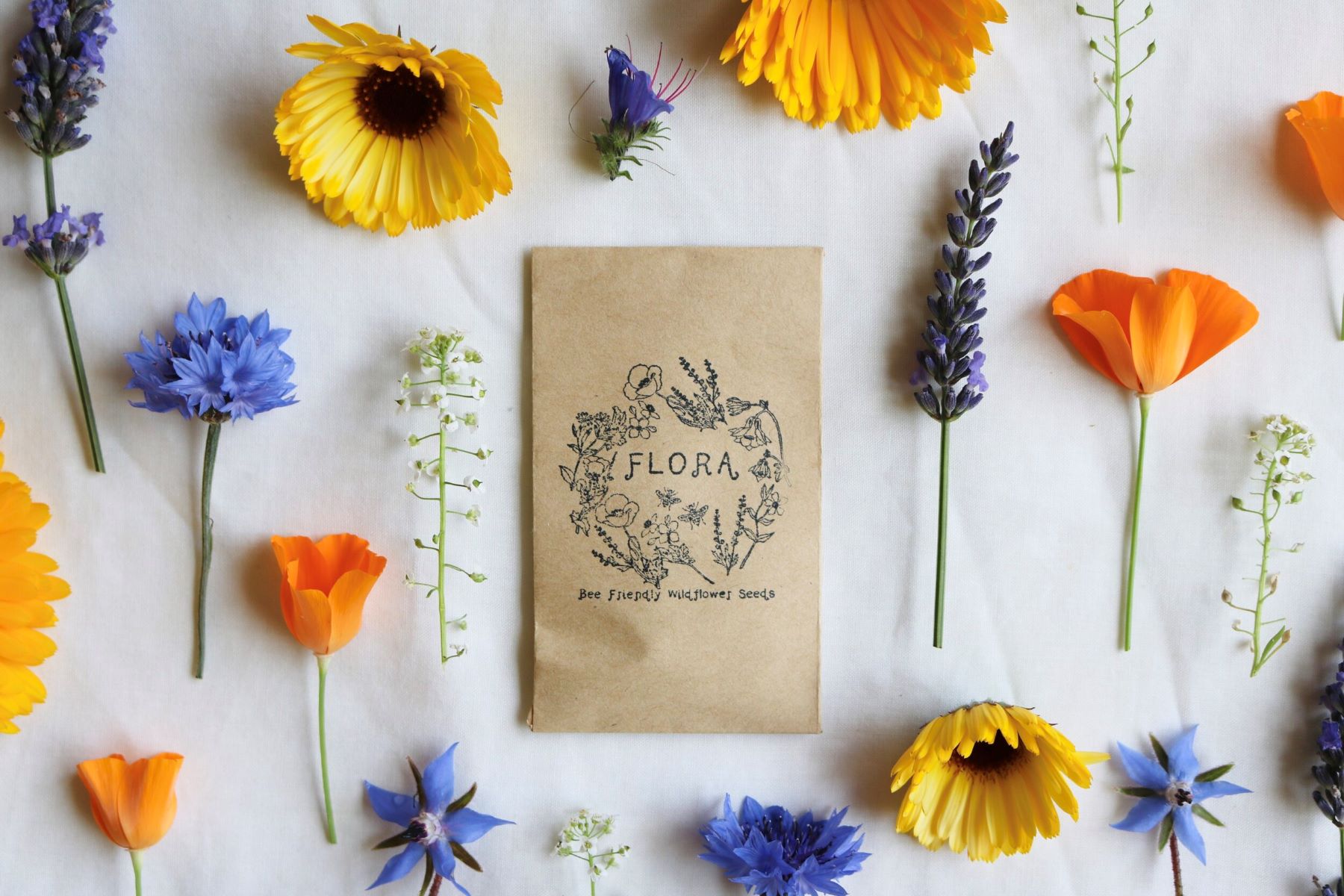
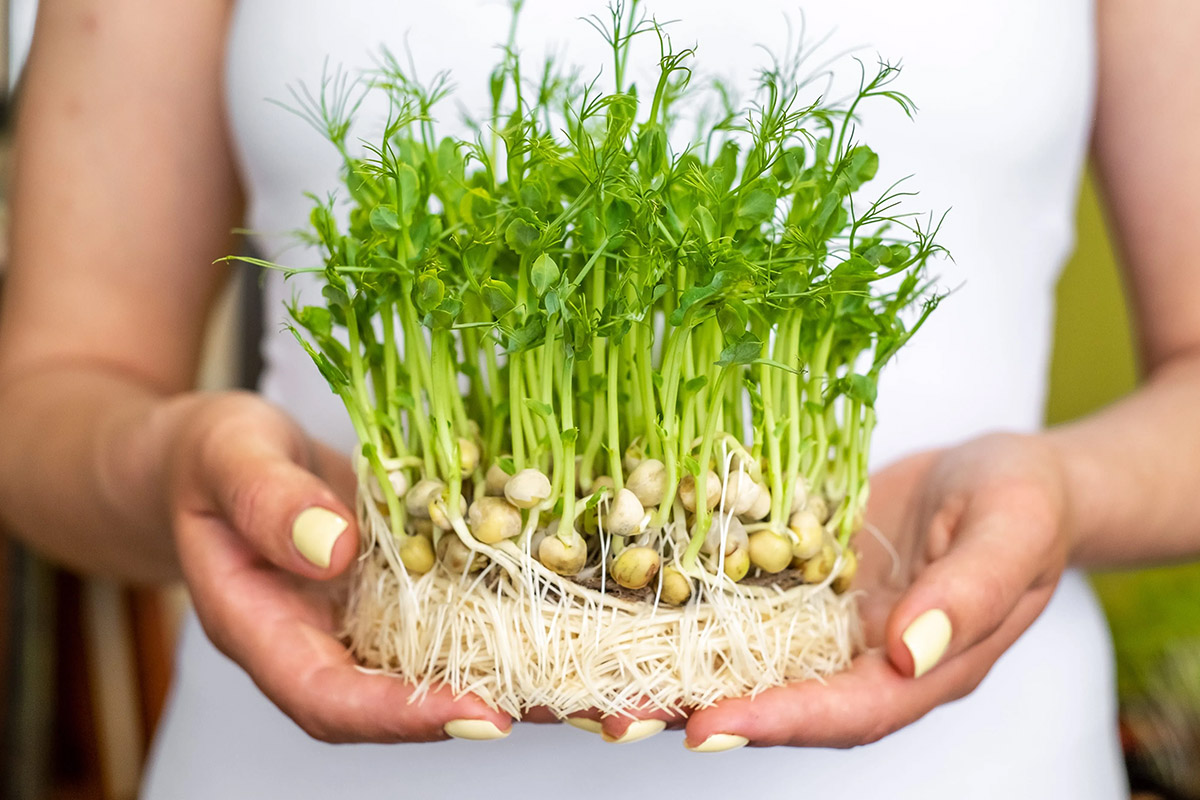
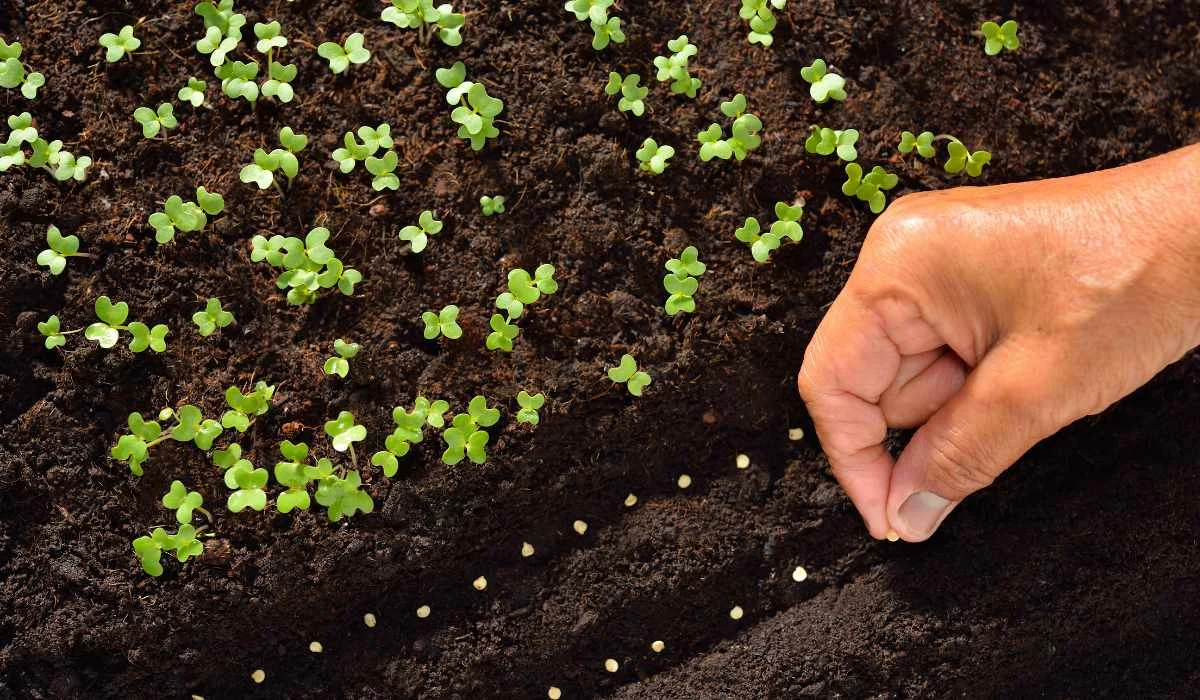
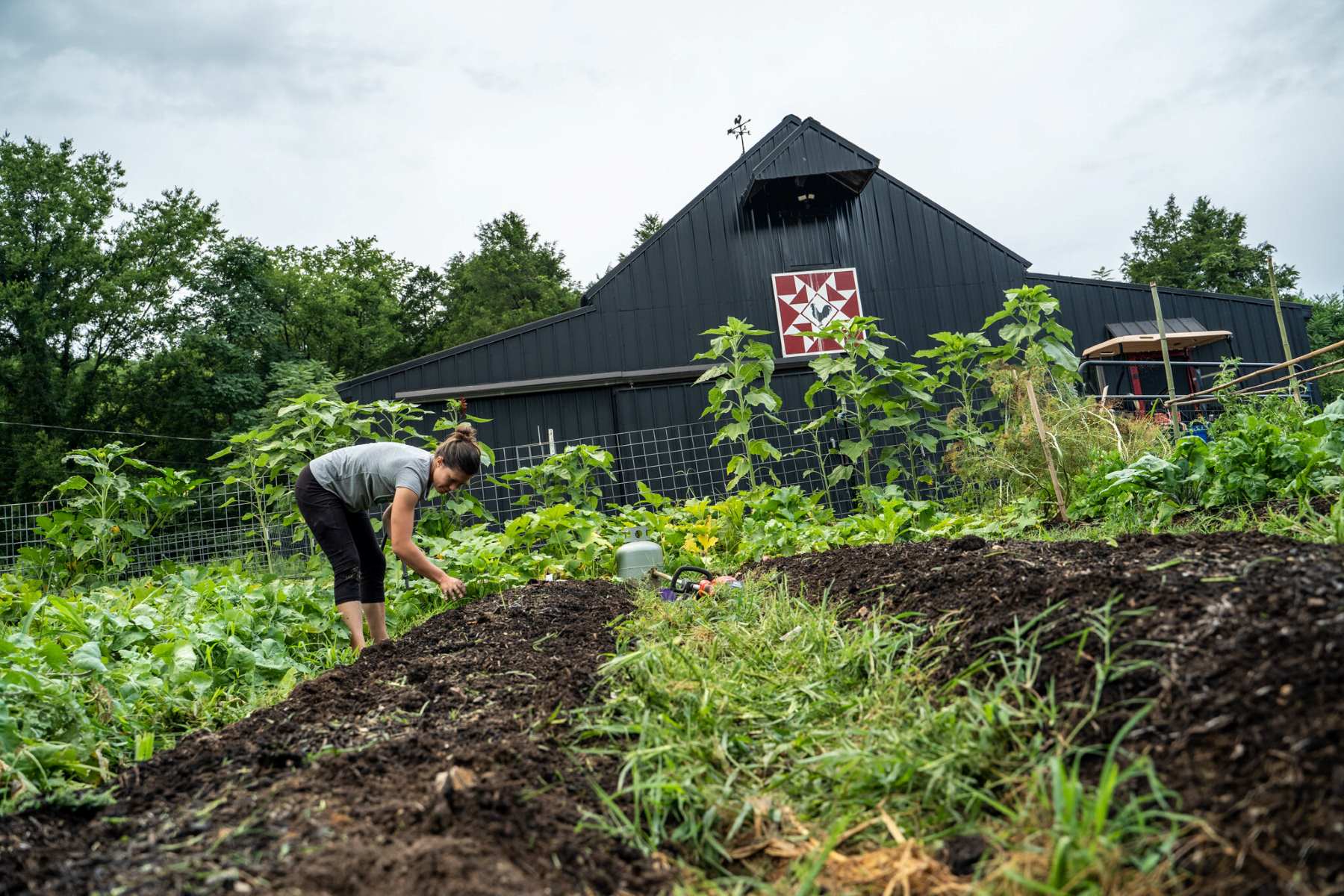

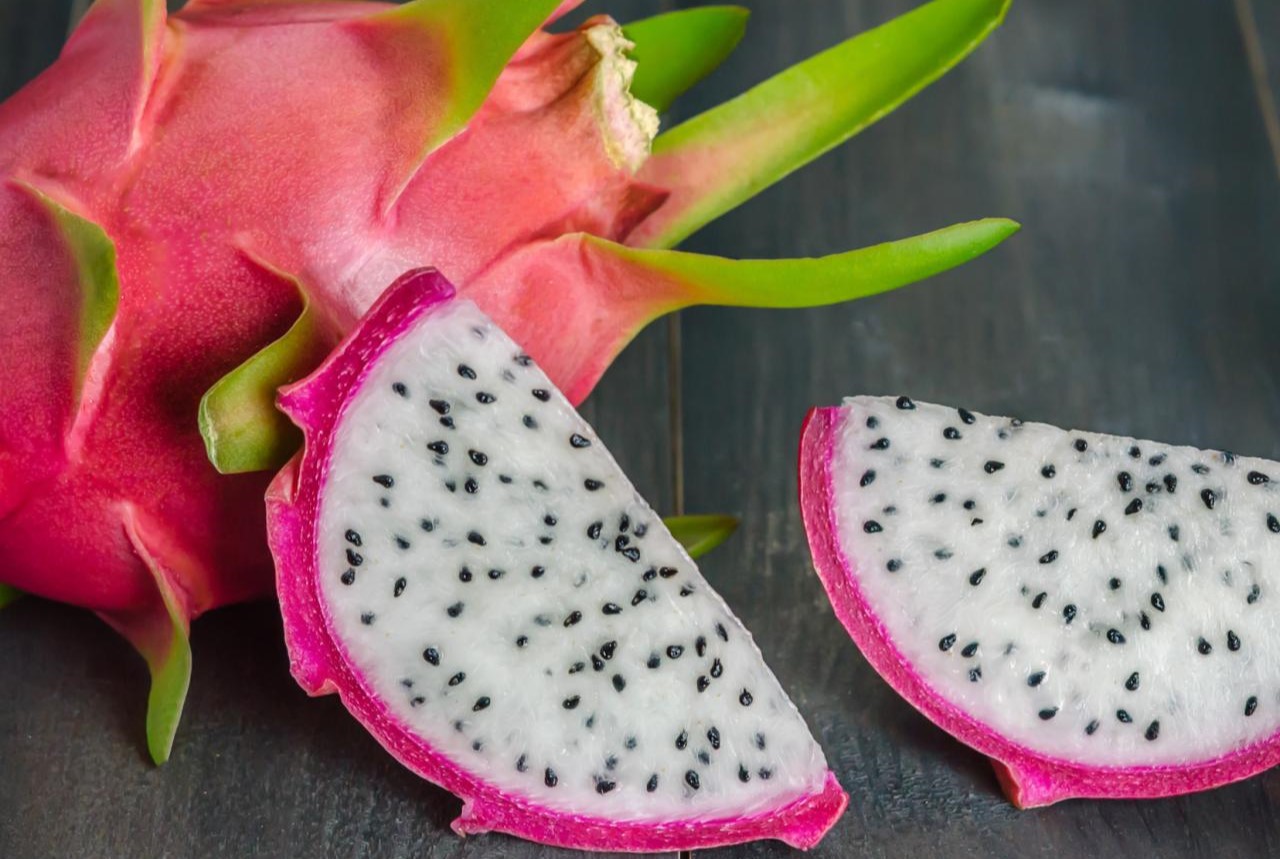
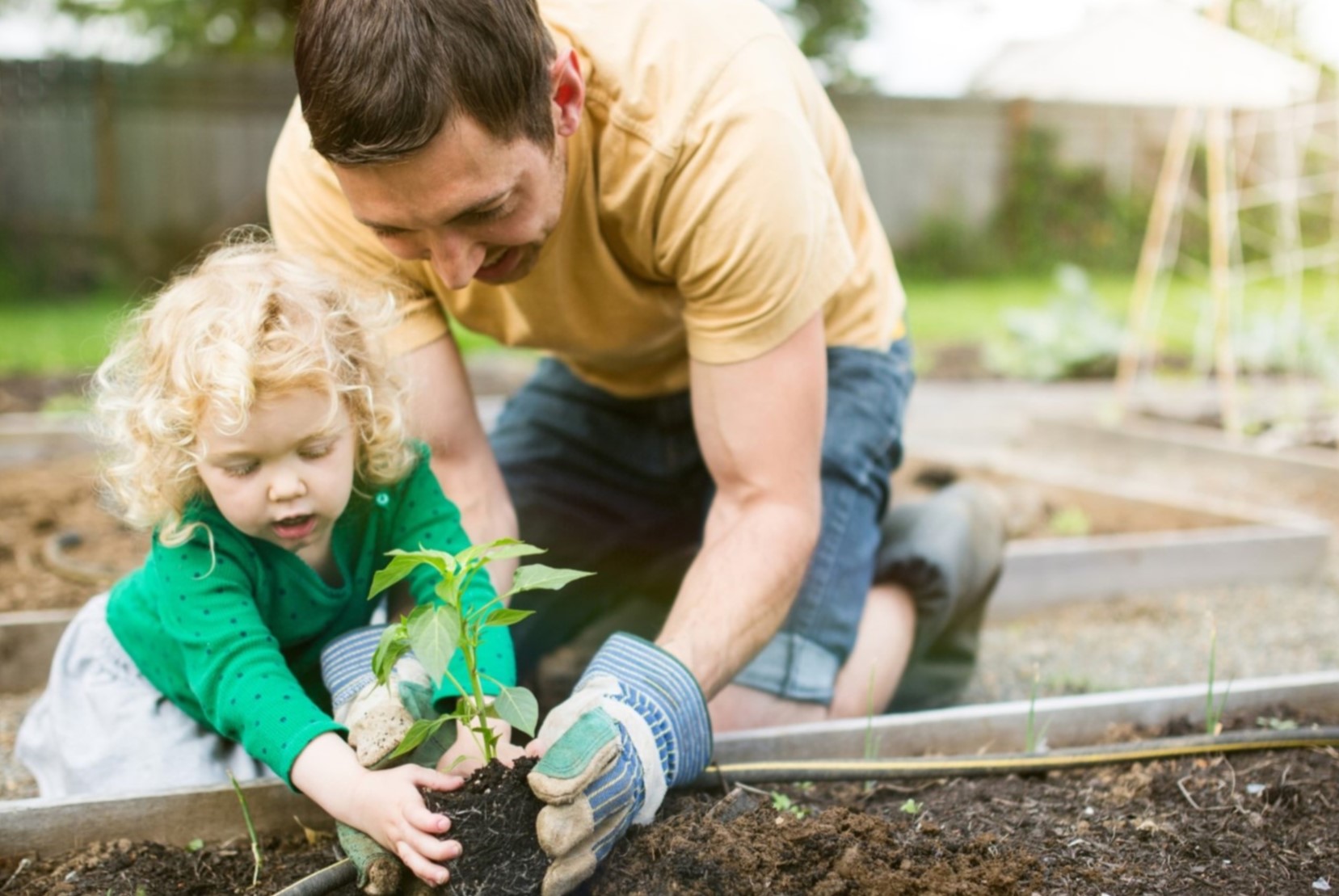
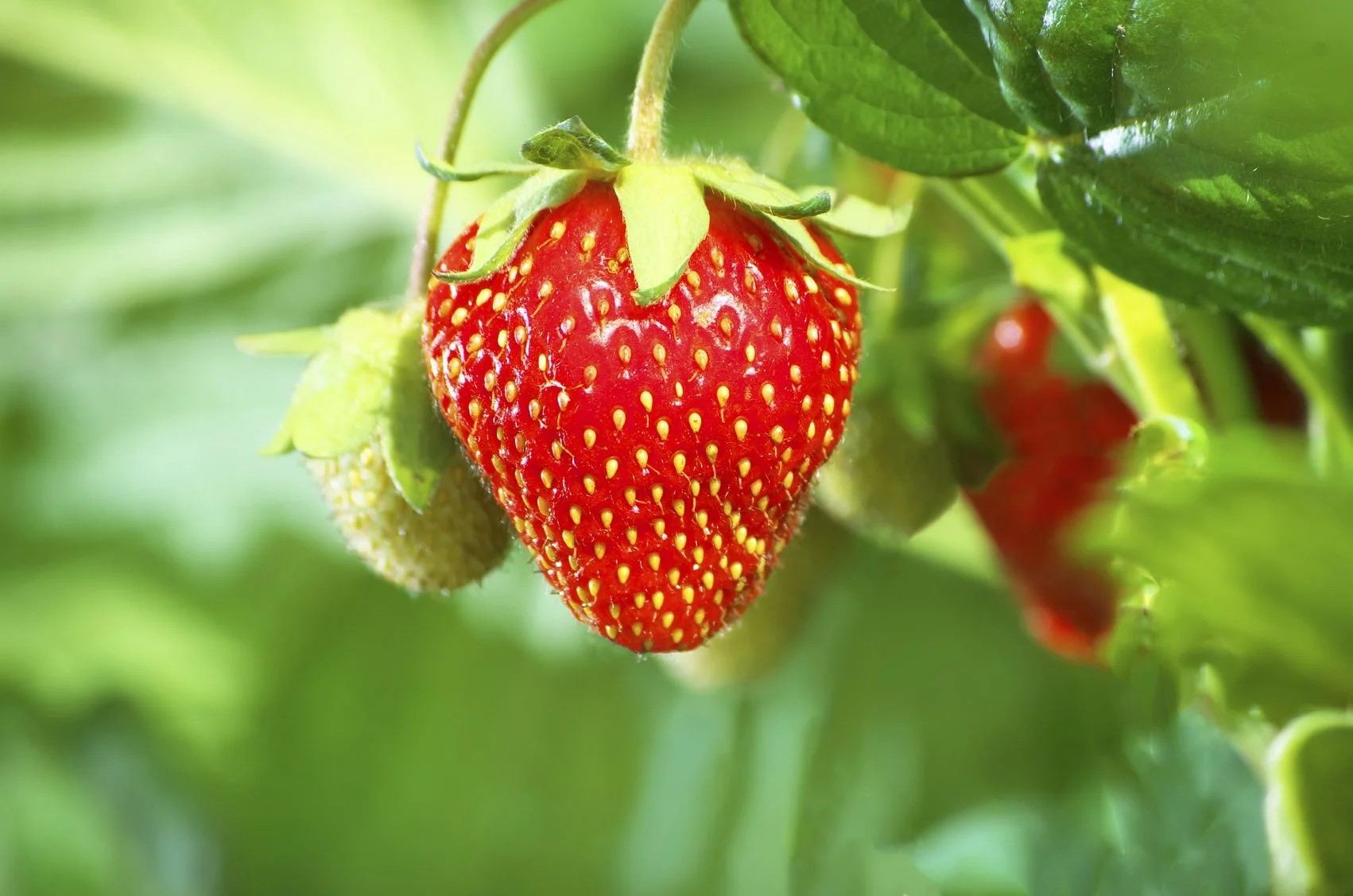
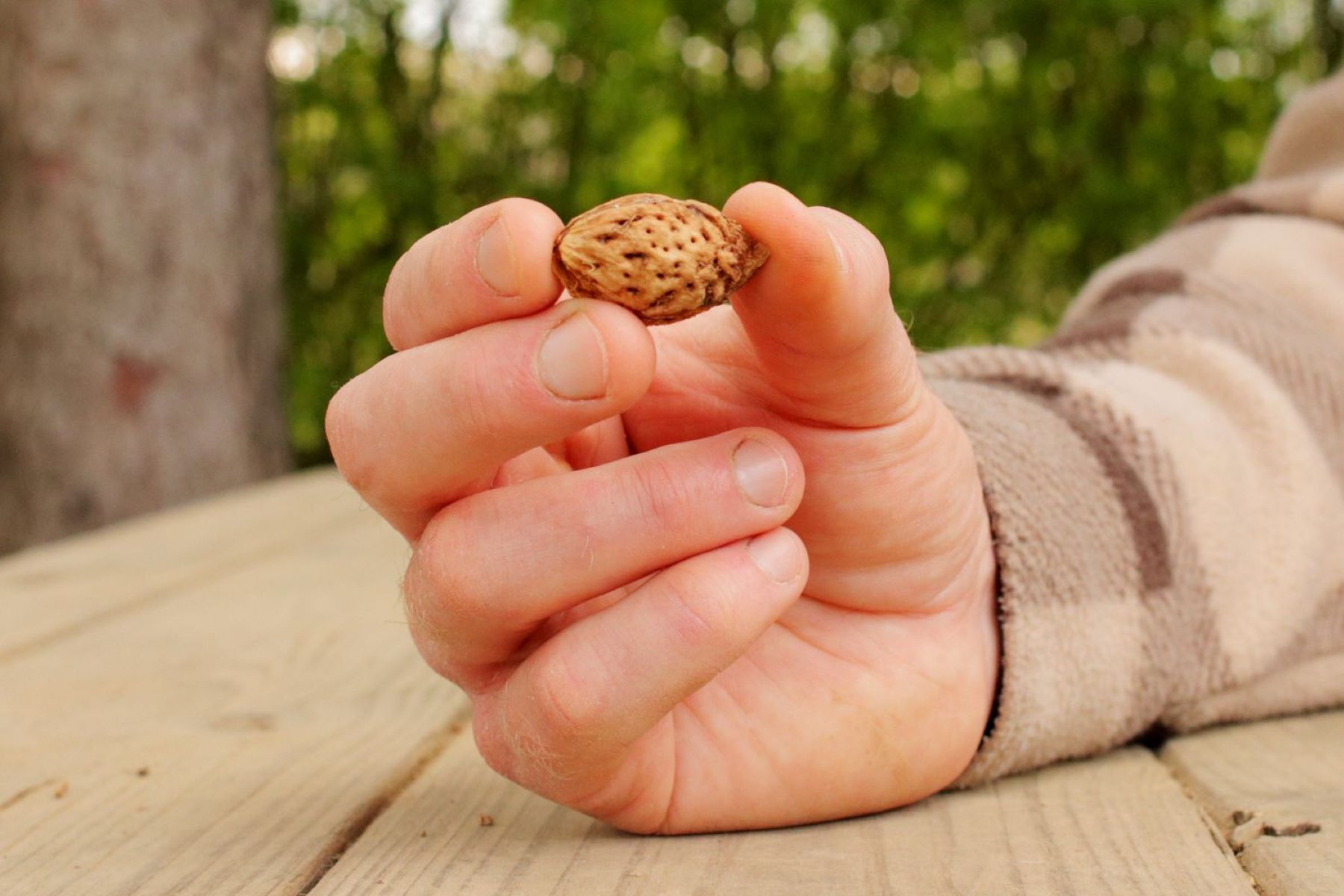
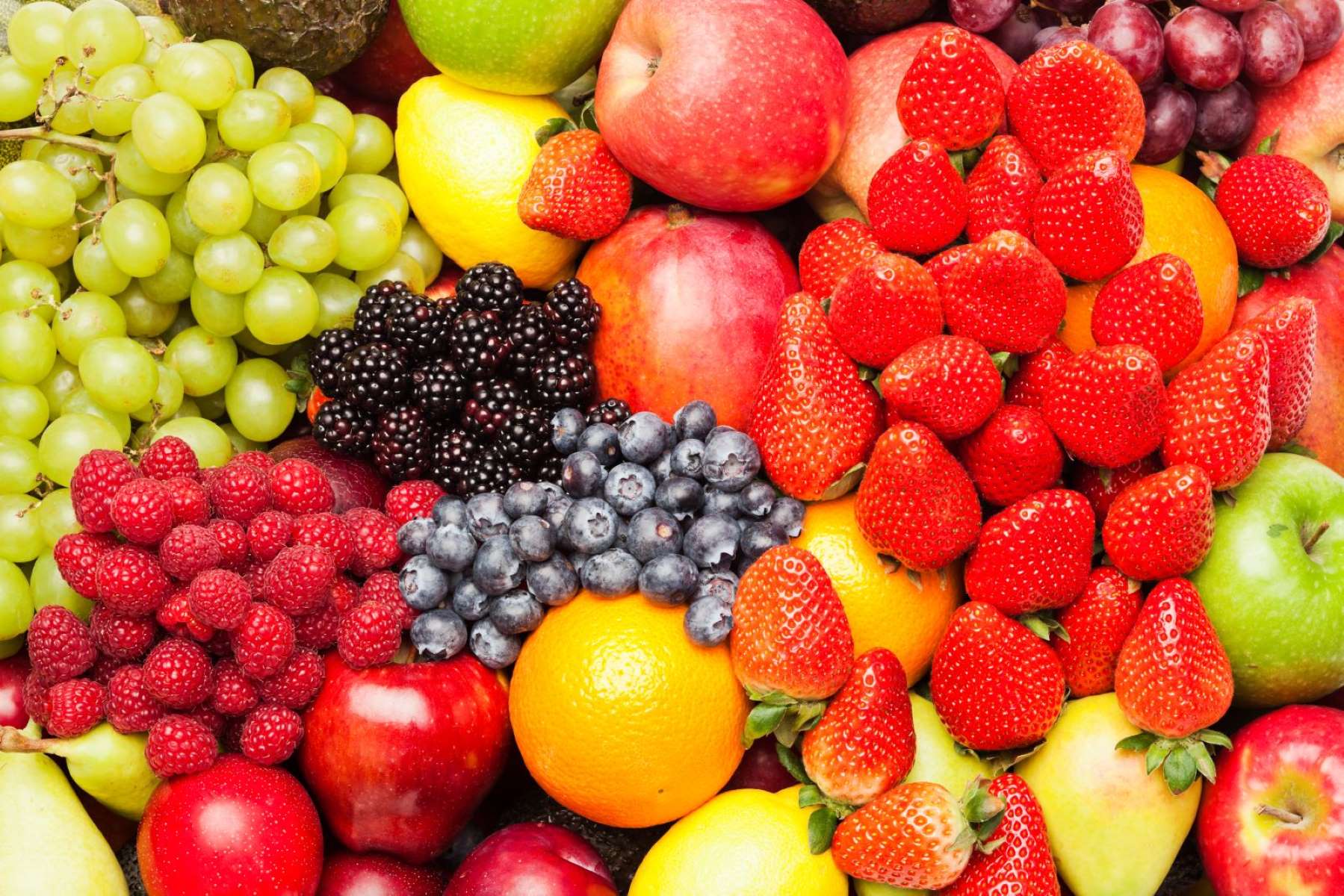
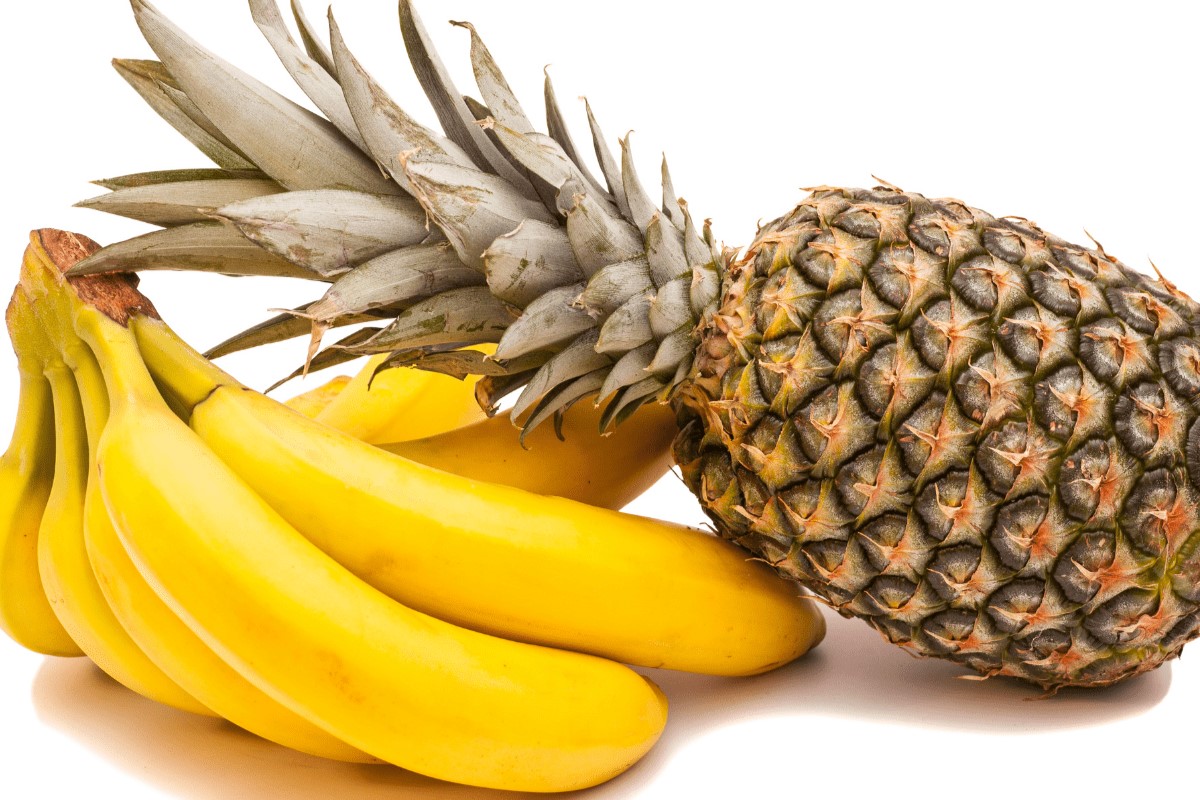
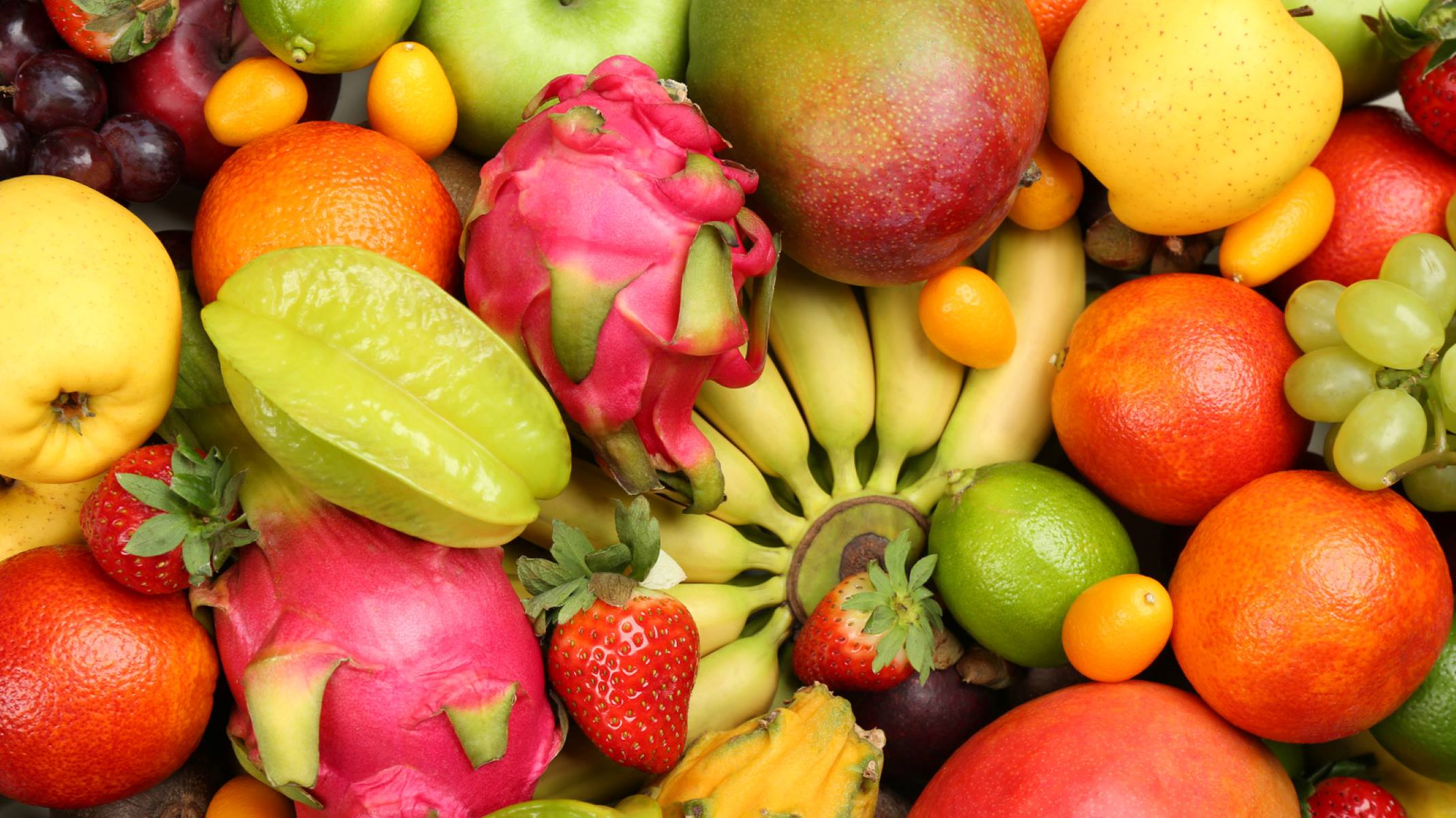

0 thoughts on “What Is The Purpose Of The Enclosed Seeds In A Fruit Found On A Flowering Plant?”